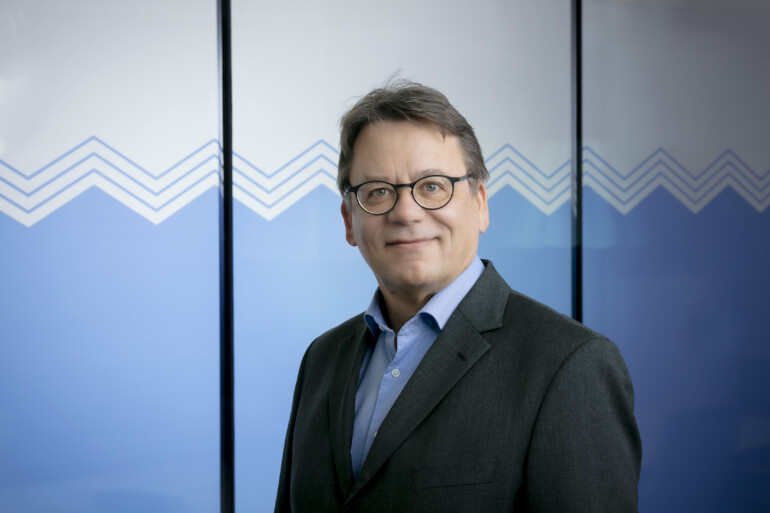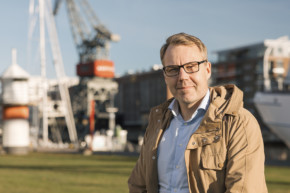When waste is not in fact waste
Gasum produces biogas out of the food waste and waste water of the ships arriving in the Port of Turku. In terms of circular economy, waste is not in fact waste but a valuable raw material.

There are five drainage wells in the Port of Turku to which the waste water, or septic waste, is forwarded directly from the vessels. In addition, smaller ships can utilise a tank truck that takes the waste water to a drainage well located a little farther away. In any case, the septic waste will end up in the Kakola waste water purification plant.
Ari Suomilammi, Head of Production for Biogas at Gasum, explains that after the waste water has been purified, the remaining sludge is an excellent material for the production of biogas.
“The sludge is transported to the Topinoja biogas plant by trucks that are fuelled by the same biogas.”
The Topinoja biogas plant in Turku is also the destination of the food waste collected from ships. The food waste is transported by a waste management operator.

Biomass is a great source of material
The reactor in the Topinoja biogas plant is the place where purification plant sludge and food waste are combined. First, inorganic substances are removed from the food waste mass, and then it is silted in water together with the sludge from the purification plant.
“The microbial strain in the reactor degrades the organic substances into biogas in about three weeks”, Mr Suomilammi says.
During the process, significant benefit is extracted from the materials referred to as waste:
“The resulting gas is purified, and once carbon dioxide has been removed in the refining process, the remaining gas is nearly pure methane. The biogas is liquefied by cooling it to around -160 °C. The solids that remain in the production process are used to make humus. The liquid is used for producing ammonia water for the industry”, Mr Suomilammi explains.
Fuel for land and sea
The liquefied biogas, or LBG, produced in Turku is mainly used as fuel for trucks. There are distribution points e.g. in the Port of Turku and the Avanti district in Lieto.
Biogas is also supplied e.g. to a Wasaline ship.
“Viking Line also utilises biogas in the ship service between Turku and Stockholm, but its vessel are bunkered in Stockholm, using Gasum’s biogas.”

The bioreactor is nearly omnivorous
The Topinoja biogas plant in Turku has the capacity to process 115,000 tonnes of different biodegradable materials per year.
“We are able to utilise a broad range of organic by-product flows of industry and society in our production; in addition to waste water sludge and food waste, we use e.g. animal manure and fats. In the future, the raw materials could include seaweed or reeds cut down on shores”, Mr Suomilammi contemplates.
The annual production capacity of the Topinoja biogas plant is around 50 gigawatt hours, which accounts for a tenth of Gasum’s total Finnish production of 0.5 terawatt hours. In addition, the company buys the same volume of biogas from other producers. In Finland, the combined biogas production of all providers totals around 1 terawatt hour.
Production is growing
The EU’s goal is to increase the production of biogas to more than ten-fold from the current volume by the end of 2030.
Mr Suomilammi thinks, of course, that it is the right direction:
“Climate reasons speak for biogas. The production is a circular economy at its best, as all materials are utilised efficiently and the nutrients remain in circulation. Biogas also offers a good means for withdrawing from the use of Russian natural gas”, he sums up.
Text: Matti Välimäki
Photos: Gasum, Jouni Saaristo



